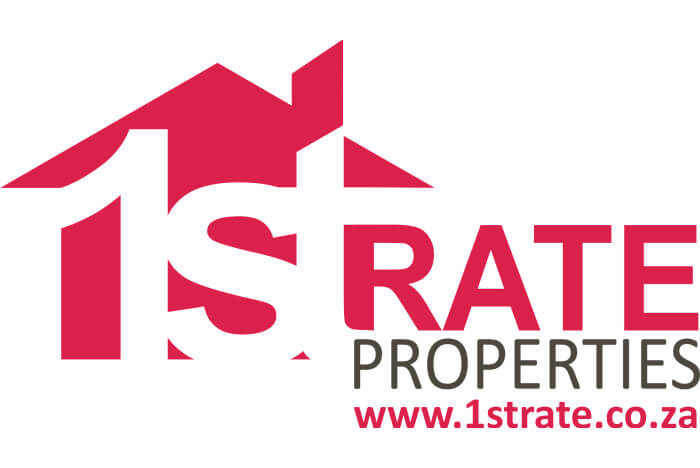Investors Update
Global Markets
Globally the first quarter of 2012 produced mostly excellent returns for risk assets. Commodities like copper were up 12.3% in dollars and platinum up 18%. Emerging market currencies like the rand were also up 5.3% against the dollar and of course global equities have been performing well too.
The Japanese stock market had one of its best quarters in decades, up 19.5%in yen (11.5% in dollars), while Germany’s Dax Index jumped by the technology bubble burst in 2000, with Apple Computers up over 50%. The Hang Seng Index in Hong Kong rose by 11.9% in dollars and the US S&P 500 Index rose by 12.6%.
The MSCI World Index of mostly developed stock markets did 11.7% in dollars in the quarter, while the MSCI Emerging Markets Index, of which SA comprises 7.5%, did 14.1%. All of this “risk -on” was a result of an improving US economy and a big improvement in general sentiment in Europe after the one trillion Euros in three year loans granted by the European Central Bank to banks in the region.
Closer to Home
The South African Economy showed tentative signs of improvement. GDP grew by an annualised 3.2% quarter-on-quarter in the last quarter of 2011, after expanding by 1.7% in the previous quarter. Manufacturing activity, as measured by the PMI, rose to a two-year high and Business confidence was higher in the first quarter. New vehicle sales grew by 6.7% year-on-year in February, following record sales in January, indicating a more upbeat consumer. The economy also added new jobs, however, the rate of job growth is nowhere near levels required to see marked improvement in unemployment rates.
Inflation slowed to 6.1% in February from 6.3% in January. This was driven by a fall in food prices, which is great for consumers. The Reverse Bank is worried that the inflation may have started to slow demand- side pressures. They chose not to act but will watch this trend very closely in the coming months. The negative news for the quarter was the S&P’s ratings outlook downgrade for South Africa to negative, citing persistent economic and social problems.
The South African stock market responded positively to the big moves offshore, in particular the Financial and Industrial Index returned 11.2% in rand (17% in dollars) and 20.7% in the year to end March. Financials were the stars with 15.4% in the quarter as both banks and insurance companies finally started to move after trading in a broad sideways band for the past few years. Industrials were not far behind with a return of 13.1%.
However, the mining shares were the big foreign investors sold their mining shares out of fear that China may have what is commonly called a “hard landing” in the first quarter of 2012 (year-on-year growth rate of lower than, say 5% or 6% instead of their usual8%-plus). Initially mining shares rallied by 10% by the end of January, even in rand terms, but by the end of the quarter the JSE Resources Index showed a -1% total return (including dividends).
Listed Property shares once again produced the goods, returning a stellar 8% in the quarter, even better than the JSE All Shares Index’s 6% total return (negatively affected as it was by the mining shares). By comparison the All Bond Index did 2.4% in the quarter (an excellent 13.2% in the year to March) and Cash returned 1.41% in the quarter and 5.8% for the year to end March.
What does this mean for investors?
There is a perception that global markets are still very volatile. Investors shy away from investing in growth assets like equities and property stocks. However, the reality is that market volatility peaked at the end of 2009 and has subsequently subsidised to pre-recession levels. It seems that there is a light at the end of the tunnel. That said we believe that there may be “aftershocks” that stem from the main shock being the global financial crisis. An example of this is the sovereign debt concerns in Europe. However, as time goes on, the aftershocks will reduce in magnitude and volatility should dissipate further.
Author Liberty - Investors Update
